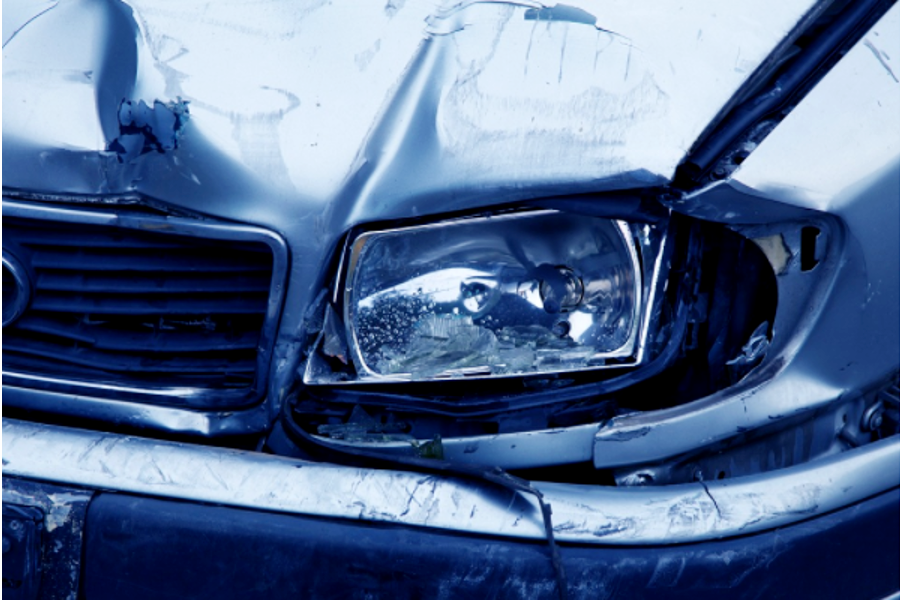
One of the worst things that can happen is getting into a head-on collision.
This is when you hit one car head-on with another vehicle, and it’s bad news for your brain. Most often, these collisions are caused by careless driving, but they can also be accidental or intentional.
When you get into a head-on collision, your brain takes the crash’s impact. You’ll feel a force push down on your head and face. This is the weight of the other vehicle. The front end of the car you hit will come smashing through your windshield and hit you in the head. If you’re in a truck, it will hit you even harder because there’s more weight to push through your windshield when it’s coming at you. The front end of the car you hit will come smashing through your windshield and will hit you in the head. If you’re in a truck, it will hit you even harder because there’s more weight to push through your windshield when it’s coming at you.
Head-On Collision Facts:
In a head-on collision, the person in the front seat is more likely to die because of the way the impact is distributed. Drivers are also more likely to have a severe case of whiplash. In fact, scientists estimate that up to half of all traffic accidents can be attributed to head-on collisions. A motorcyclist is less likely to have neck injuries than a driver in a head-on collision because their helmet stops the impact from reaching their neck.
Causes of Head-On Crashes:
1. Human errors:
This is the most common cause of head-on collisions. This can include driving too fast for weather conditions, failing to adjust your speed or your headlight or taillights, failed lane changes or turns, and failing to follow a safe distance.
2. Poor Weather Conditions:
Defective road design, poor weather visibility and poor road conditions can lead to head-on collisions. If the roads are wet from rain or snow, drivers may not be able to see the other vehicle in time to adjust their speed. Heavy fog can also lead to head-on crashes because it makes the roads and cars less visible.
3. Improper Road Conditions:
Poor road conditions include rough roads, potholes, uneven pavement, debris and debris. If you hit one of these when driving in a head-on collision, it is likely to cause spinal injuries. Your car could also lose control due to these conditions, especially if your tires were damaged or if your suspension was damaged in a crash.
What Makes The head-on Collision a Dangerous One?
When you get into a head-on collision, the impact will be greater than if you hit the car while it is going in another direction. This is because the weight of the vehicle that’s coming at you has nowhere to go except towards your head. This means that even if there are two people in a car, they are twice as likely to die in a head-on collision than someone who is involved in a side-impact crash.
Head-on collisions can also cause internal injuries that you can’t see. A head injury is likely to cause bleeding in your brain, which can lead to more severe injuries than those visible on the outside. A head injury is likely to lead to swelling of the brain and bleeding inside your skull. This can compress your brain against the front of your skull, causing you to lose control of your body and may even lead to death.
What to Do After A Head-On Crash?
If you’re involved in a head-on collision and your car has been damaged, move as far away from the accident as possible. If your car is in such a bad way that there’s no chance of saving it, report the accident to the police and note any details about the accident. Get out of your car, but don’t start to walk away. If you’re on a busy street, it may be hard for anyone to see you before they run you over. Wait on the side of the road for help to arrive. When medical and law enforcement personnel arrive, let them examine you and check if you have any injuries.
You should follow The same safety rules after a head-on collision as you would after any car crash. This includes checking your body for any signs of injury and seeking immediate medical attention if you notice anything unusual or painful. If you are experiencing symptoms such as nausea, vomiting, dizziness, trouble with balance or blurry vision, get medical help right away.
Conclusion:
Most people know how dangerous it is to get in a head-on collision, but only a small percentage see it coming and take the proper steps to get out of the situation. You should always wear your seat belt when you drive and especially when you get in a car accident. You should never drink and drive or ride on the back of a motorcycle, even if it’s on another vehicle. Finally, you could always call an auto accident lawyer who will help you file for compensation for damages.
Become a Harlem Insider!
By submitting this form, you are consenting to receive marketing emails from: Harlem World Magazine, 2521 1/2 west 42nd street, Los Angeles, CA, 90008, https://www.harlemworldmagazine.com. You can revoke your consent to receive emails at any time by using the SafeUnsubscribe® link, found at the bottom of every email. Emails are serviced by Constant Contact








